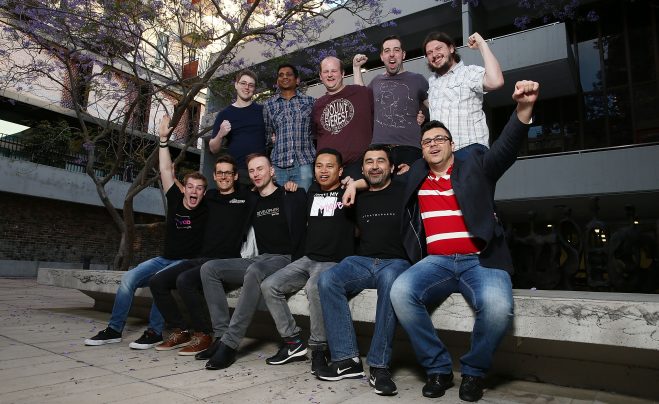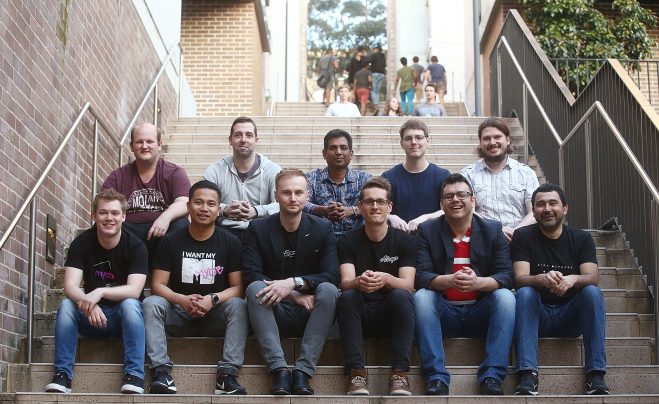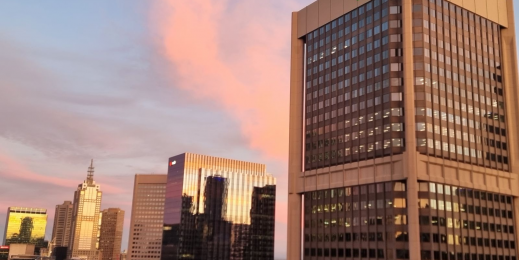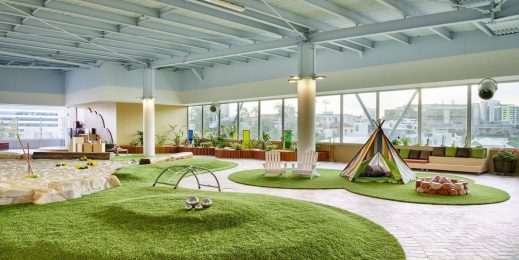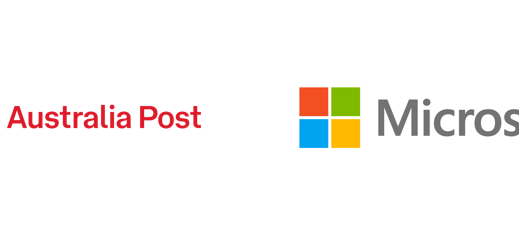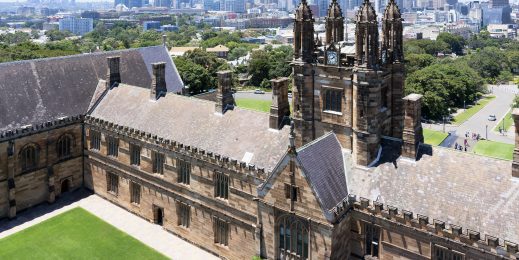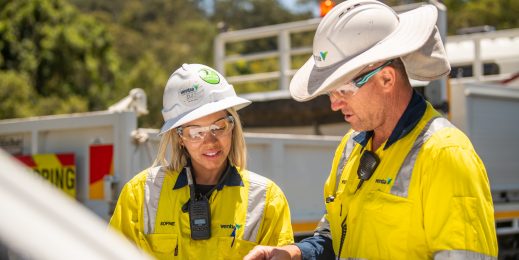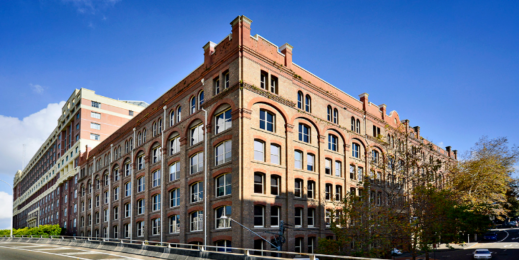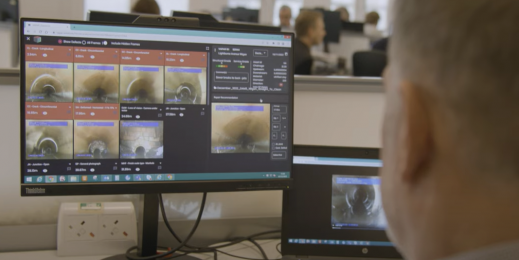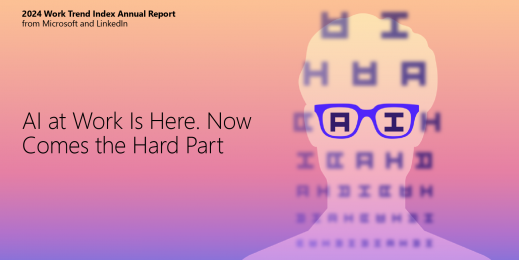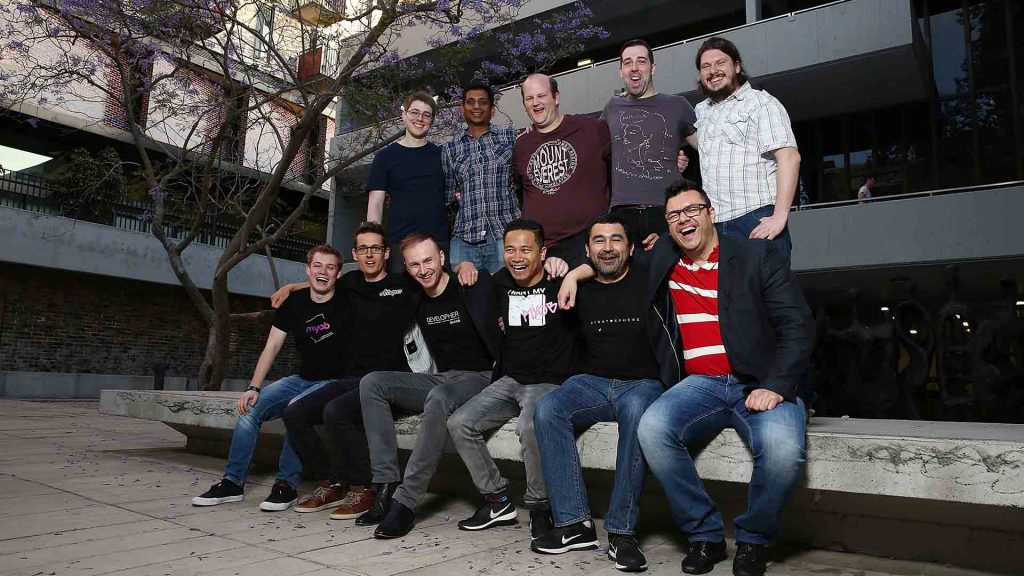
Hack4Good
Hack4Good sees technology stretch across the disability divide
More than 4 million Australians live with a disability; some are highly visible – their disabilities made obvious by their wheelchair, their cane – others may face their obstacles less obviously. But the advent of powerful, mobile and intelligent technologies has the potential to radically improve the lives and opportunities for all Australians, regardless of their abilities.
Over two days, 14 teams, and around 70 people gathered at the University of NSW, in Sydney to explore the potential of technology to – as one team said, “Access All Areas – and promote inclusiveness, build community and harness technology to help people living with a disability fulfil their potential.
Microsoft’s Hack4Good asked teams to focus on solutions that solve real world problems for people with a disability. The teams emerged with a range of powerful proposals and prototypes – and one live system. We partnered on the hack with the Australian Network on Disability (AND), an organisation working with employers on supportive and inclusive programs for employees with a disability; and Social Ventures Australia (SVA), a not for profit supporting ventures that deliver social good.
In addition, we had support from Media Access Australia and advisors to the Government’s National Disability Insurance Agency which is charged with radically changing the way disabled people are supported in Australia.
The two teams that led the pack had the opportunity to meet with Microsoft CEO Satya Nadella during his visit to Australia this week. They outlined their plans and expectations for their designs to a panel of judges including Suzanne Colbert from AND, Jane Watson from SVA, Marie Johnson from NDIA and Wayne Hawkins, the Disability Policy Advisor at the Australian Communications Consumer Action Network (ACCAN).
The winning ideas are the Utopia app from the Department of Human Services and MYOB’s GoHelp.
The Utopia app is intended as a navigation tool that helps people find the most accessible route to their destination based partly on crowdsourced information. GoHelp meanwhile is a platform that matches volunteers with people near to them who need help with relatively simple tasks such as carrying shopping or freeing a stuck wheelchair.
Both teams will now be supported by Social Ventures Australia with a range of services including mentoring, ideation and project implementation valued at $25,000 per team. Winners will also be invited to attend and present at Microsoft Ignite Australia being held on the Gold Coast next February, giving them access to 150 technical sessions, Microsoft staff, and 2,500 of Australia’s leading developer and IT professionals.
The judging criteria focussed on impact and innovation, feasibility and collaboration, and execution – but it was a tight field with many exceptional ideas – each one of which could make a significant difference to the lives of people living with a with disability. Because of this, we’ve listed each of the teams and their solutions below:
- National Disability Insurance Agency – Unbound Horizon is a gamified app leveraging cognitive technologies that supports and encourages people who may have spent long periods in an institution or confined to home to begin to engage more independently with the wider community.
- Department of Health and Ageing – the ConnectMe marketplace links people who need a hand, be they disabled, ill, or elderly, with volunteers willing to help them deal with unfamiliar or challenging situations, building confidence and community.
- MYOB Australia – GoHelp is intended to link volunteers to people nearby who generally rely on family or carers, but need a little extra support to help with low severity issues as part of a bid to build a connected and unified informal support network across Australia.
- Signmeup – an Auslan translator ultimately intended for use on a smartphone, leveraging machine learning to allow two way communication using sign language and the spoken word.
- Uber – OURUber, an open universal request platform that allows people to use gesture, touch, and responsive voice-to-text to streamline access to transportation.
- Bulletproof – Mybucketisfull replaces the cue cards often used by autistic children with a smartphone app that helps identify trigger points and useful remediation strategies.
- Atlassian – AtlasTalk is a plug in for Atlassian products that allows voice commands to their existing products including Jira and Confluence.
- Department of Human Services – Utopia mashes OpenStreetMaps with data about steps, elevators, ramps, disabled toilets and the like in order to identify both inaccessible and accessible routes to a destination with the potential to be expanded with crowdsourced information about accessibility in a wide range of venues.
- SSW – Right4me.io is now live and allows the community to share information about products and services that meet specific disability needs. It will use machine learning to recommend a range of options to meet a need.
- Quantium – Witchsight is a browser plug in that identifies images then dynamically enriches the alt text via the use of Microsoft Cognitive Services Vision APIs so the image detail can be read aloud by a screen reader.
- Fujitsu – Parent Connect is a tool that will support communications between parents and their children with autism, aid children performing simple tasks using gamification, and act as a platform for parents to share ideas with each other.
- Department of Social Services – the Visual Find Android app uses voice recognition and image identification to help visually impaired people find items.
- Museum of Applied Arts and Science (Powerhouse) – Access All Areas is a music collaboration platform that allows people of mixed ability to come together using a range of technologies – including the HoloLens and Kinect – to create and share music.
- Commonwealth Bank of Australia – SENSS is intended to spur empathy by helping people experience and understand what life is like for someone with a disability through the use of mixed reality technologies like HoloLens.







